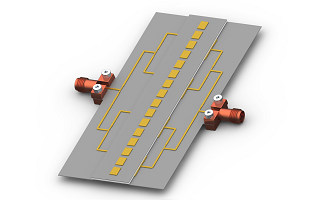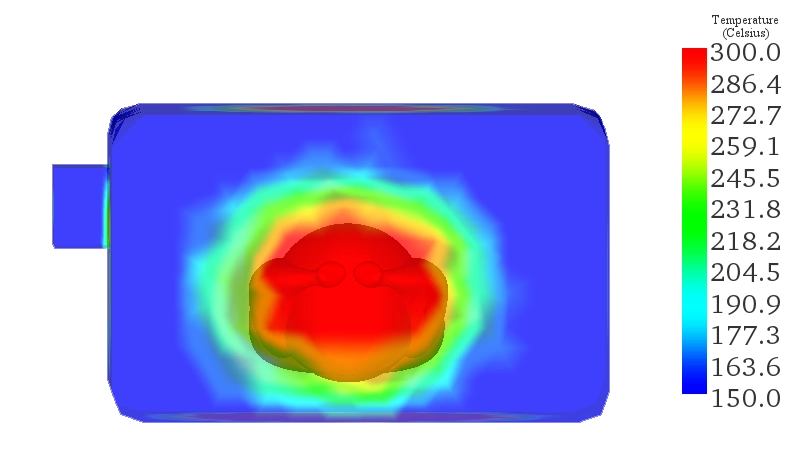Thermal Coupling
Analyze the thermal effects of RF power losses, including heating and potential breakdowns.
RF & Microwave is the high-frequency simulation module of EMWORKS, designed to address the challenges of RF, microwave, and high-speed digital circuit designs. This module excels in analyzing electromagnetic wave behavior, ensuring accurate simulations for a variety of high-frequency applications such as antennas, resonators, filters, and microwave components.
.webp)
Covers a broad range of applications, from antennas and waveguides to signal integrity and electromagnetic compatibility (EMC).
Diagnose and resolve issues like discontinuities in connectors, cables, and high-speed interconnects.
Ensure reliable performance by analyzing thermal behavior alongside electromagnetic properties.

Analyze scattering parameters for evaluating the performance of RF circuits and networks.

Design and optimize antenna performance for various applications, including array configurations.
Analyze the thermal effects of RF power losses, including heating and potential breakdowns.

RF & Microwave supports a wide array of high-frequency applications, including:
RF & Microwave is widely used in industries such as
For designing antennas, waveguides, and RF filters.
In high-frequency applications like radar systems and communication devices.
To optimize high-speed PCBs and signal integrity.
For microwave heating and imaging systems.
Handles everything from initial design to advanced optimizations.
Leverages state-of-the-art solvers to deliver precise results quickly.
Supports cutting-edge applications in telecommunications, aerospace, defense, and beyond.
Discover how RF & Microwave can elevate your high-frequency designs and bring your innovative ideas to life.
